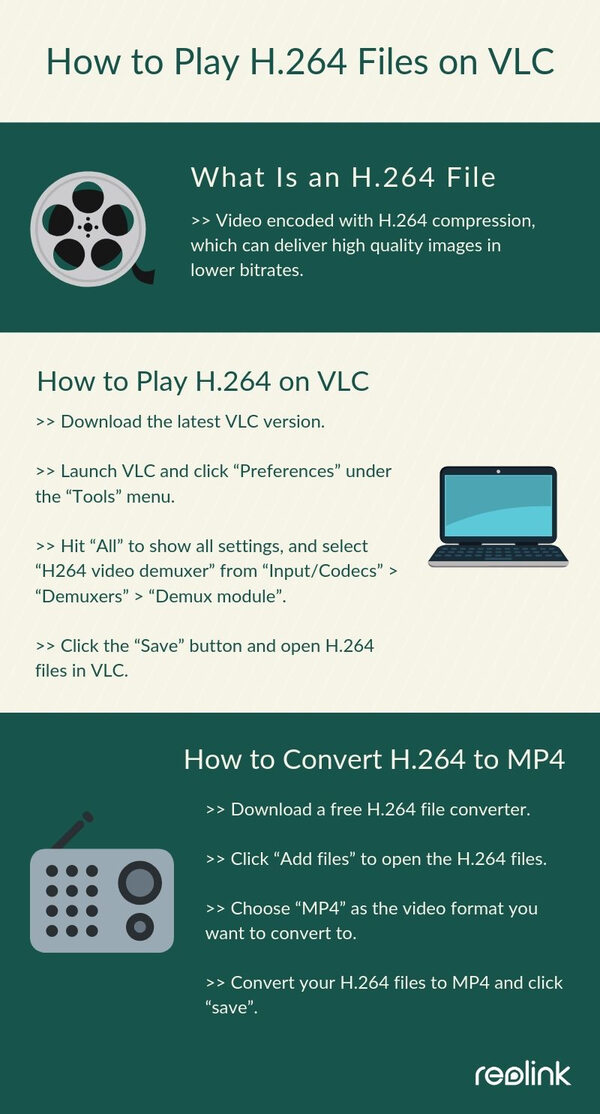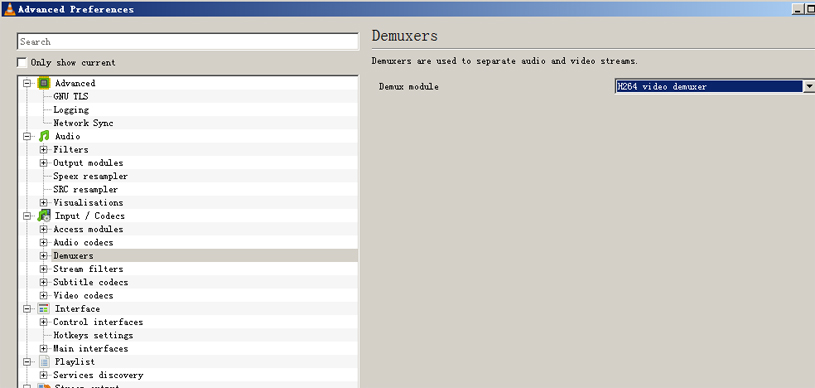

Internally, the encoder converts this property to an AVEncVideoEncodeQP value. Changes are applied starting at the next input frame. In Windows 8, this property can be set at any time during encoding. The encoder ignores changes after the output type is set. To set this parameter in Windows 7, set the property before calling IMFTransform::SetOutputType. To set this parameter, set the property before calling IMFTransform::SetOutputType. This property applies when the rate control mode is quality-based VBR ( eAVEncCommonRateControlMode_Quality). The default mode is unconstrained variable bit rate (VBR). The following properties are supported in Windows 7. It supports the following properties.įor the codec requirements for HCK encoder certification, see the Certified Hardware Encoder section below. The H.264 encoder implements the ICodecAPI interface for setting encoding parameters. This attribute contains the sequence header. The default value is 1:1.Īfter the output type is set, the video encoder updates the type by adding the MF_MT_MPEG_SEQUENCE_HEADER attribute. For more information about profile and level constraints, refer to Annex A of ITU-T H.264. The encoder can derive the proper level for a given video stream, taking into account the format constraints and the characteristics of the video. It is recommended not to set the level in the media type, and allow the encoder to select the level. The default value is –1, indicating that the encoder will select the encoding level. eAVEncH264VProfile_High (requires Windows 8).

Must be MFVideoFormat_H264.Īverage encoded bit rate, in bits per second. Set the following attributes on the output media type. The encoder supports a single output subtype: Until the output type is set, the encoder's IMFTransform::SetInputType method returns MF_E_TRANSFORM_TYPE_NOT_SET. The output type must be set before the input type.

The input media type must have one of the following subtypes:įor more information about these subtypes, see Video Subtype GUIDs. The H.264 video encoder exposes the following interfaces: The Microsoft Media Foundation H.264 video encoder is a Media Foundation transform that supports the following H.264 profiles:


 0 kommentar(er)
0 kommentar(er)
